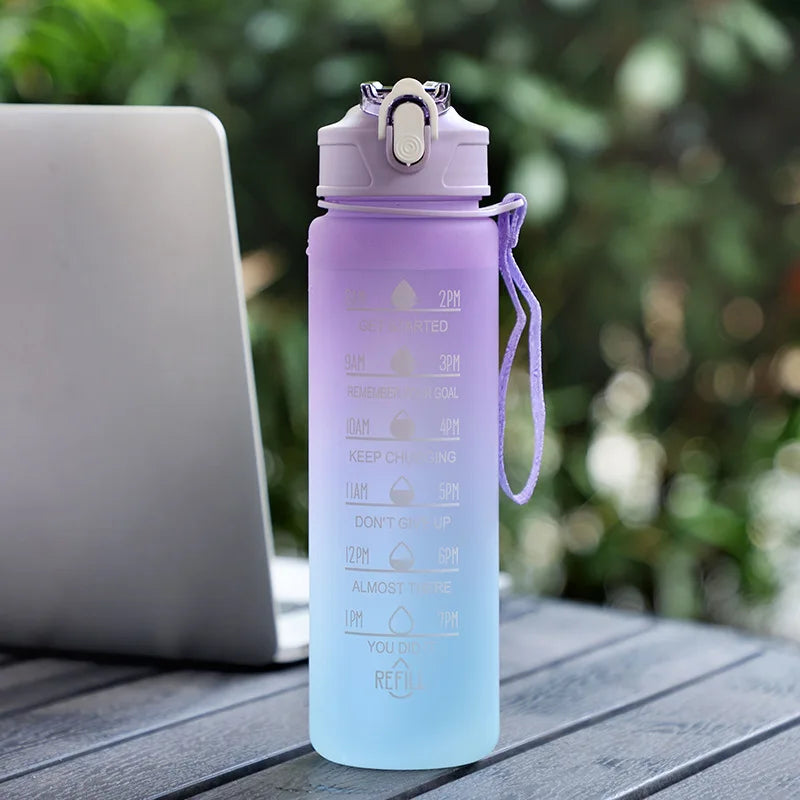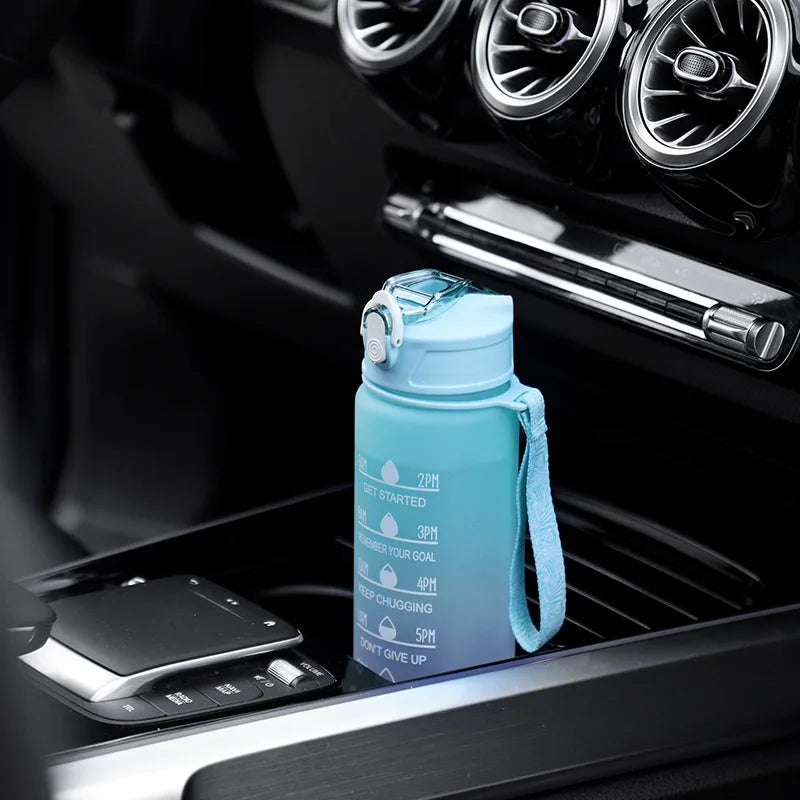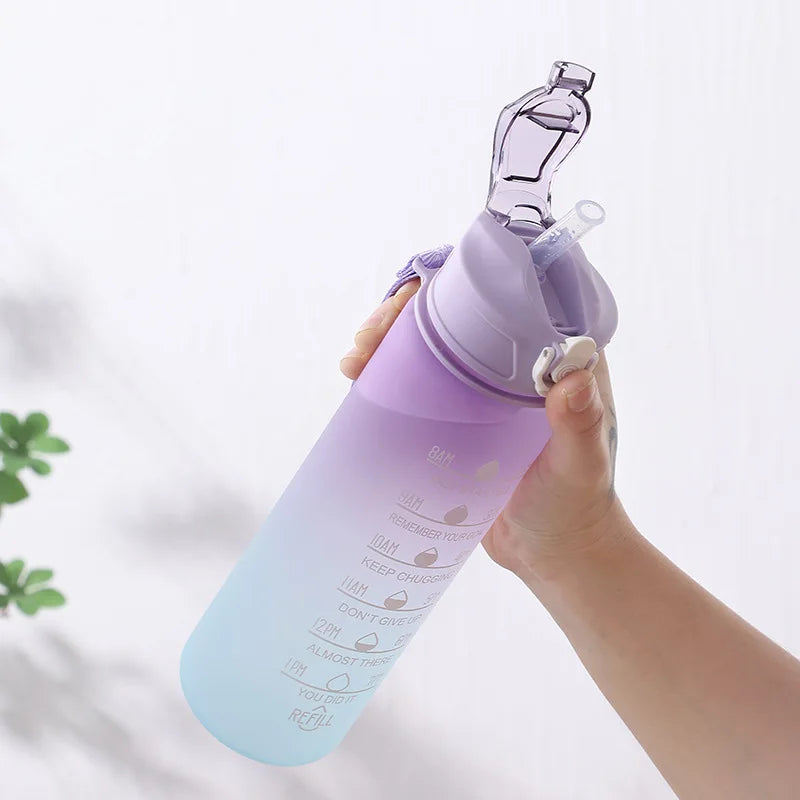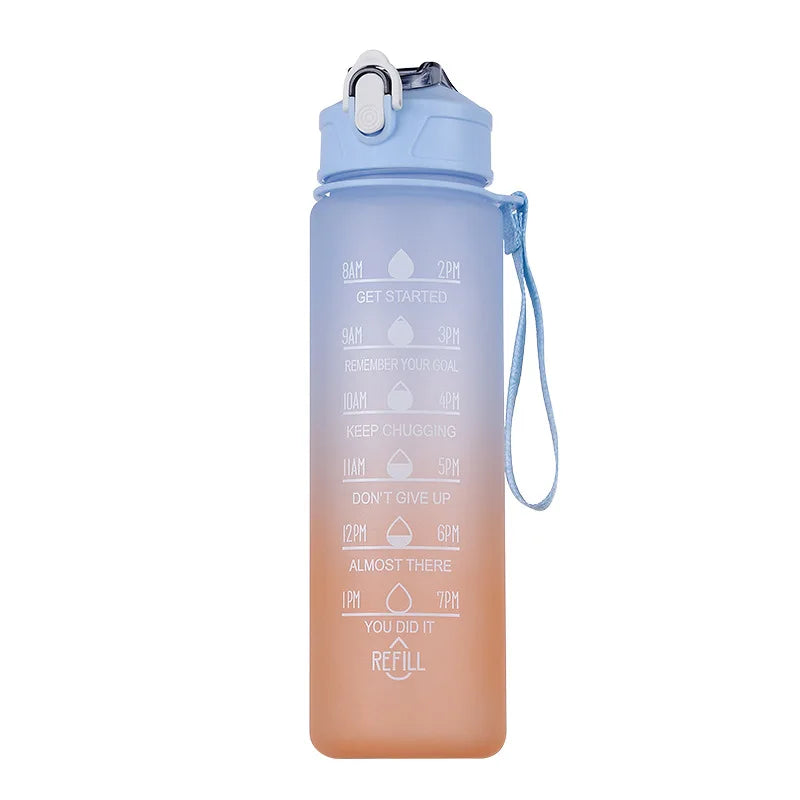

How to Care for Scars in High-Movement Areas?

Scars are a natural part of the healing process. However, when they form in areas such as the shoulders, knees, elbows, abdomen, or chest, they encounter a significant challenge: constant movement.
These high-movement areas stretch, bend, twist, and pull throughout the day. Unfortunately, this mechanical tension can also cause scars to become wider, thicker, itchier, and more visible overall.
Whether you’re healing after surgery - like a tummy tuck, C-section, breast augmentation, joint surgery, or from an injury or burns, the way you care for your scar can dramatically change how it looks over time.
In this guide, we’ll walk you through why scars in high-movement areas are tougher to manage and the proven strategies to keep them flatter, smoother, and less noticeable.
Why Scars in High-Movement Areas Need Extra Care?
Your skin is naturally flexible - it stretches, bends, and twists with your body’s movements. But when a wound heals, the new collagen that forms a scar isn’t as elastic as normal skin. So in areas like the knees, abdomen, shoulders, or chest, where the skin is constantly in motion, the scar is placed under frequent tension.

This stretching can cause tiny internal tears, forcing the body to produce more collagen and resulting in scars that become thicker, raised, darker, or wider over time. For example, every step places stress on a scar over the knee, and even simple actions like breathing or moving your arms can strain scars on the chest or around the breasts.
That’s why it’s so important to control movement, reduce tension on the scar, and give the skin proper support while it heals - to ensure a flatter, smoother, and less noticeable result.
Tips to Care for Scars in High-Movement Areas
Scars on areas that bend and stretch need a little extra care to heal well. Here’s how to protect them and encourage a smoother, less noticeable result:
1. Control Stretching and Movement
In the early weeks of healing, scar tissue is still weak and easily disrupted. When the skin stretches too much, such as when bending the knees, raising the arms, or twisting the torso, tiny tears may occur inside the scar. Your body then rushes to repair the damage with excess collagen, causing the scar to thicken or widen. Moving slowly, avoiding heavy exercise, and supporting the area when coughing or standing helps the scar stay aligned and flat as it matures.
2. Use Silicone-Based Products
Silicone gel or sheets are one of the most effective medical treatments for scars. Silicone keeps the scar hydrated and shields it from rubbing and movement that can irritate the skin. Over time, this helps the scar remain softer, calmer, and more flexible, while reducing the likelihood of raised or itchy tissue. Consistent use for several weeks to months can significantly improve the scar’s smoothness and color.
Tip: HealFast offers dermatologists & patients recommended silicone scar gel and sheets that move comfortably with your skin - making them especially helpful for scars on the knees, chest, shoulders, abdomen, and other high-movement areas.
3. Support With Compression When Needed
After surgeries such as tummy tucks, breast procedures, and arm or thigh lifts, compression garments are often recommended. They gently hold the skin in place so tissues heal more uniformly without stretching. This stability minimizes swelling and tension around the scar - two major causes of thick, noticeable scarring (1). Wearing compression as directed during recovery gives the scar the best chance to settle neatly.
4. Begin Scar Massage at the Right Time
Once fully healed and approved by your doctor, a gentle massage can help soften firm scar tissue and prevent tightness. High-movement areas are more likely to feel stiff because the skin is constantly being pulled. By massaging the scar regularly, you improve circulation and encourage the fibers under the skin to become more flexible. Over time, this helps relieve discomfort and allows movement without tugging or irritation.
5. Protect Your Scar From the Sun
New scars are highly sensitive to sunlight and can darken very quickly if exposed. When this happens, the discoloration may become permanent, making the scar more visible even if it is otherwise healing well (2). Covering the area with clothing or applying sunscreen every day helps the scar stay lighter and blend more naturally with the surrounding skin. Sun protection is especially important for scars on the chest, shoulders, arms, and legs.
6. Support Healing From Within
Your body builds new skin using the nutrients you give it. High-movement scars have more work to do as they constantly reinforce the tissue under tension. Foods rich in protein, vitamin C, and zinc, or nutritional supplements, help fuel the healing process. Staying well-hydrated keeps skin elastic so it can stretch without damage. When your body is nourished, scars heal stronger, smoother, and faster.
Suggestion: HealFast Pre-Surgery and Post-Surgery Supplements are specially formulated to support the healing process from day one - helping your body build stronger, more flexible collagen. This is especially important for scars in high-movement areas, where the tissue is constantly stretching and repairing.
By strengthening skin and reducing inflammation from within, these supplements can help minimize the risk of scars becoming raised, wide, or irritated over time.
More Helpful Blogs -
Why Do Surgical Scars Feel Lumpy? Is It Normal?
How to Remove Silicone Scar Tape Residue Without Irritating Healing Skin?
How Inflammation Impacts Scar Maturation?
When Should You Consult Your Doctor About a Scar?
Most scars heal gradually and improve on their own with proper care. But sometimes a scar in a high-movement area needs medical attention to prevent long-term issues. You should reach out to your surgeon or dermatologist if you notice:
-
The scar keeps getting thicker, harder, or more raised over time
-
The scar is very painful, itchy, or sensitive even after weeks of healing
-
You see signs of infection, such as heat, pus, swelling, or fever
-
The wound reopens or looks like it’s stretching apart
-
The scar is becoming darker or growing beyond the original cut
-
Movement becomes difficult because the scar feels too tight or pulls on the skin
- The area develops persistent redness or irritation that doesn’t improve
Reference:
1. Breahna, A. (n.d.). Best compression garments after tummy tuck surgery. Anca Breahna Blog. https://ancabreahna.com/blog/best-compression-garments-after-tummy-tuck-surgery
2. Mederma India. (n.d.). Why sunlight worsens scars and how to protect them. Mederma Blog. https://www.mederma.co.in/blog/scar-care-sunlight-protection/

- One of the most followed doctors online with 3.5+ million followers and 1 billion+ views in 2024 (Instagram, YouTube, TikTok, and Facebook)
- Board Certified Anesthesiologist and Clinical Assistant Professor who frequently teaches medical students, residents, and other physicians in medical school and hospital settings.
- Speaker and medical researcher having published 1 book, 3 book chapters, and over 57 scientific articles. Made over 100 presentations at national and international medical conferences on topics ranging from healthcare innovation, to nutrition, to patient safety.
- Serial entrepreneur having launched several healthcare companies with a track record of innovation within healthcare systems

Myro Figura, M.D.
- One of the most followed doctors online with 3.5+ million followers and 1 billion+ views in 2024 (Instagram, YouTube, TikTok, and Facebook)
- Board Certified Anesthesiologist and Clinical Assistant Professor who frequently teaches medical students, residents, and other physicians in medical school and hospital settings.
- Speaker and medical researcher having published 1 book, 3 book chapters, and over 57 scientific articles. Made over 100 presentations at national and international medical conferences on topics ranging from healthcare innovation, to nutrition, to patient safety.
- Serial entrepreneur having launched several healthcare companies with a track record of innovation within healthcare systems













